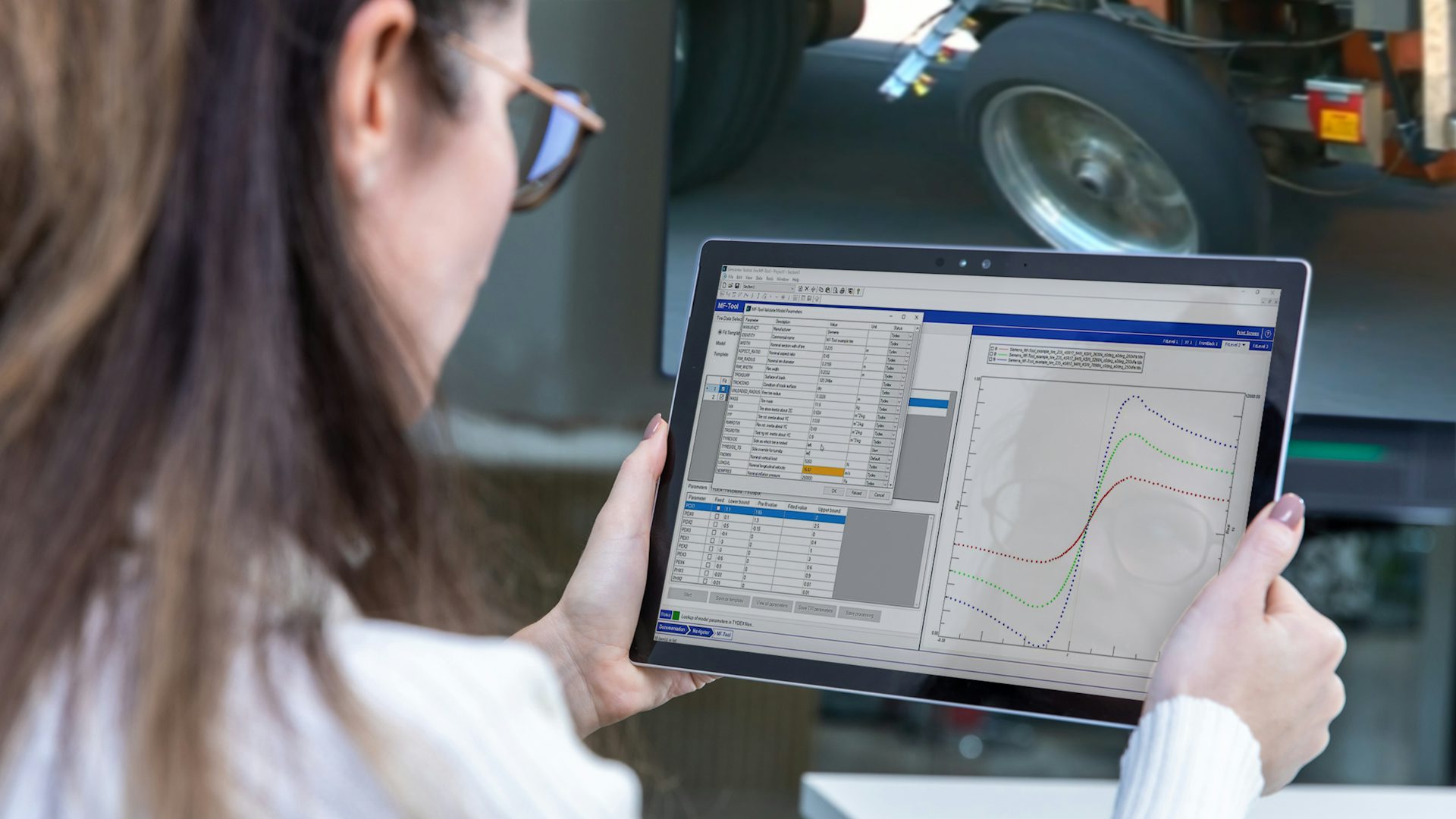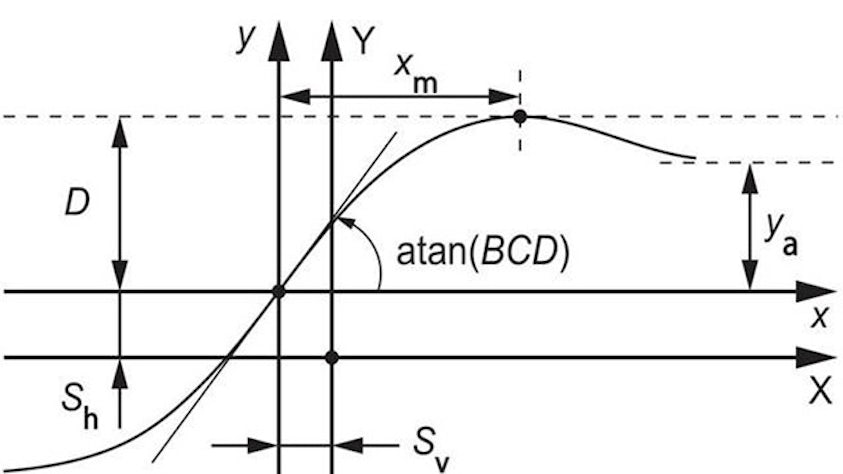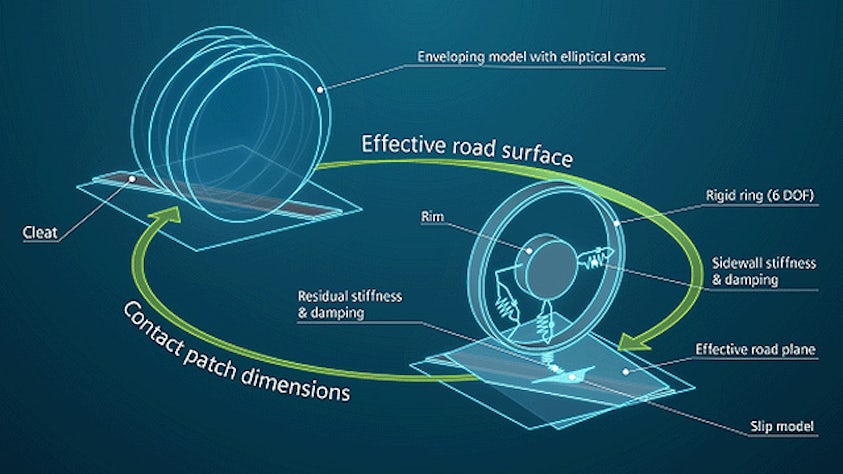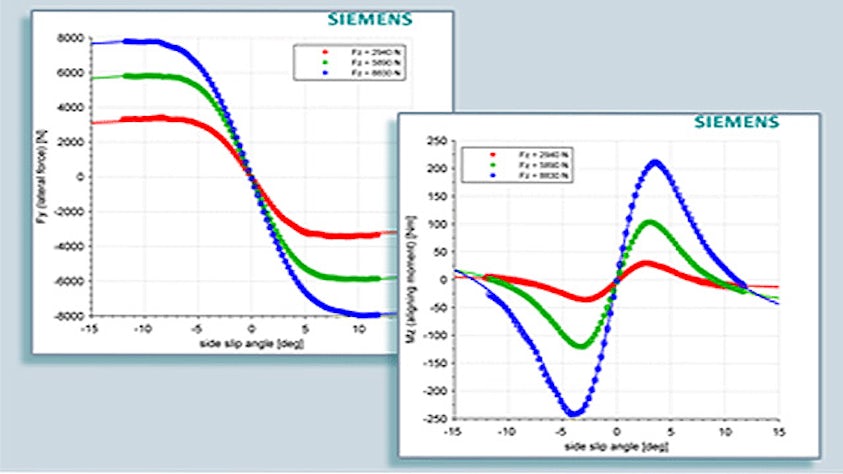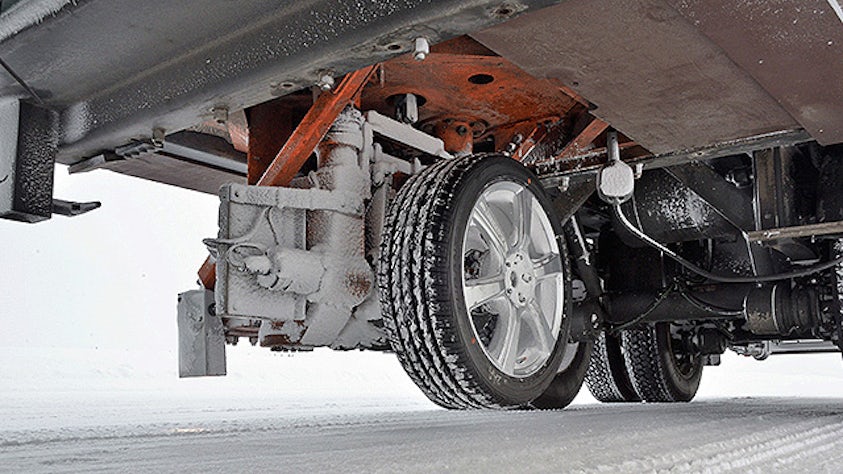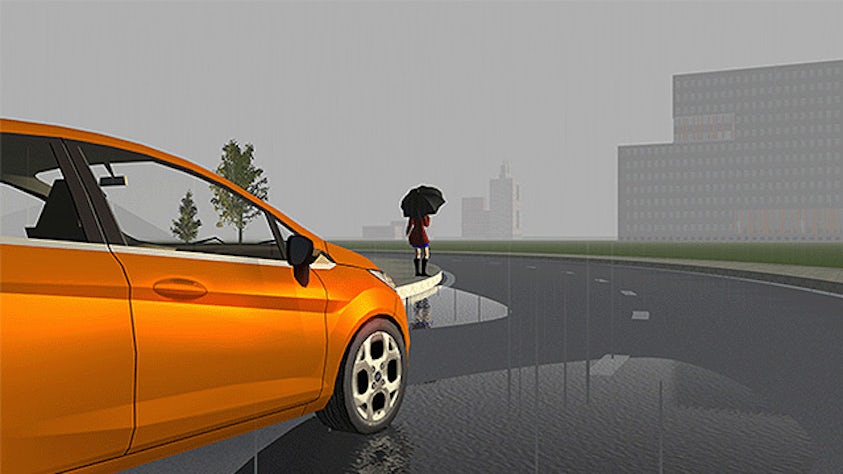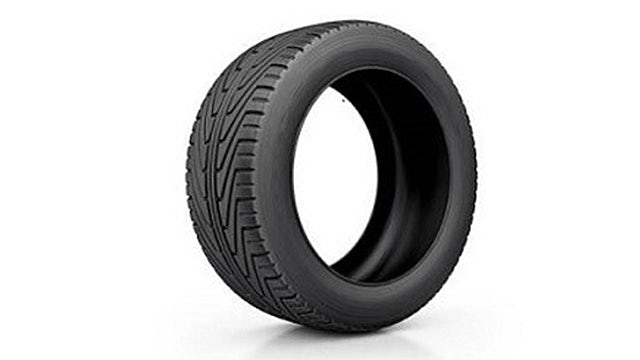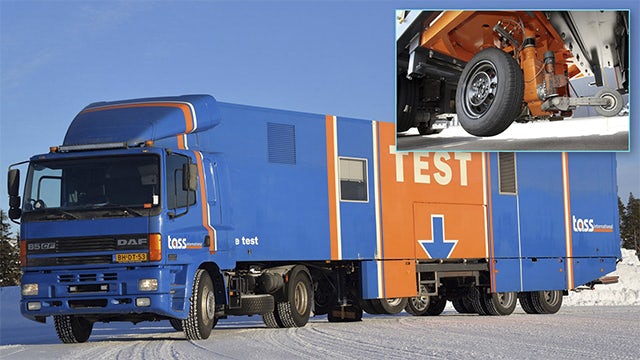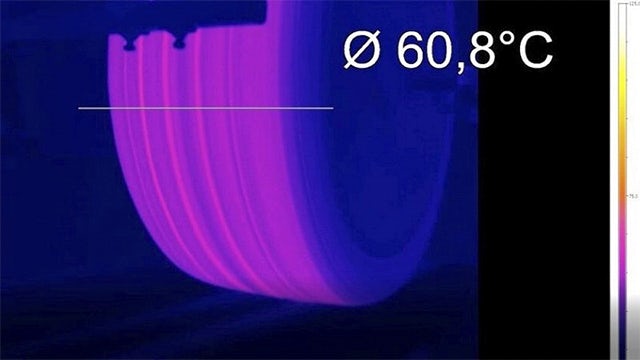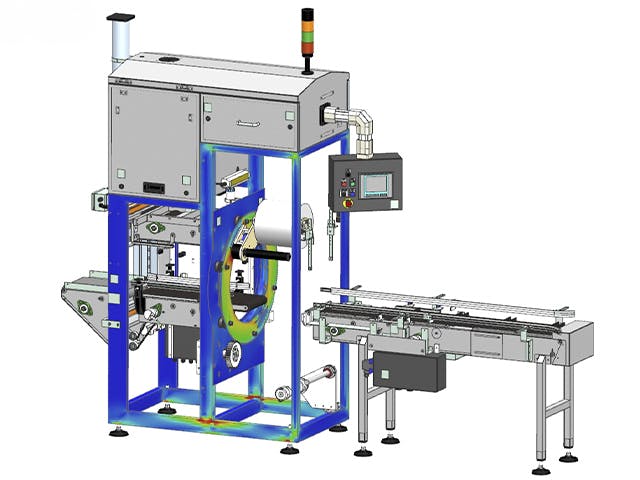El neumático es un componente del vehículo complejo y no lineal que tiene una influencia significativa en el comportamiento del automóvil. A medida que el número de modelos de vehículos en el mercado continúa creciendo, también lo hace el número de posibles casos de uso que deben probarse y validarse. Esto, junto a la imperiosa necesidad de reducir los plazos de desarrollo, exige más simulación en lugar de pruebas físicas.
Modelar el rendimiento del neumático requiere de mucha experiencia y especialización. Con este fin, Simcenter ofrece a los ingenieros soluciones escalables y personalizadas. El objetivo es representar de forma precisa las fuerzas y movimientos del neumático de manera que puedan reproducirse en varias simulaciones del rendimiento del vehículo.
Parametrización del modelo de neumático
La solución MF-Tool se ha renovado por completo para facilitar la identificación de los parámetros del modelo de neumático.
